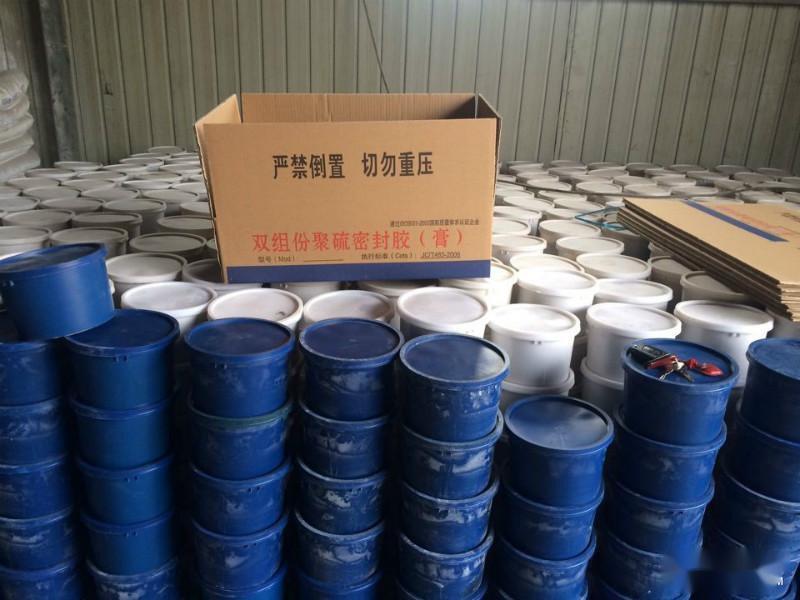Building Waterproofing Polysulfide SealantTechnical Specifications
Standard: JC483—1992
|
Performance Name |
Class A |
Class B |
||||
|
First Grade |
Qualified |
Excellent |
First Grade |
Qualified |
||
|
Density, g/cm3 |
1.50±0.1 |
|||||
|
Applicable Period, h |
2~6 |
|||||
|
Skinning Time, h |
≤24 |
|||||
|
Extrusion Index |
≤4 |
|||||
|
Rheological Properties |
Slump (Type N), mm |
≤3 |
||||
|
Flowability (Type L), mm |
Smooth and Even |
|||||
|
Low-Temperature Flexibility,℃ |
-30 |
-40 |
-30 |
|||
|
Tensile Adhesion |
Maximum Tensile Strength, MPa |
≥1.2 |
≥0.8 |
≥0.2 |
||
|
Maximum Elongation, % |
≥100 |
≥400 |
≥300 |
≥200 |
||
|
Heating Loss, % |
≤10 |
≤6 |
≤10 |
|||
Building Waterproofing Polysulfide Sealant Precautions YFKJ-5258
1) Applicable Period: Two-Component Polysulfide Building Sealant When components A and B are mixed, the mixture gradually thickens. Once the applicable period is exceeded, it cannot be used. The ambient temperature during use significantly affects the curing of the sealant; the higher the temperature, the shorter the applicable period. At very low temperatures, the curing speed slows down. The recommended construction temperature is 5℃~ 35℃.
2) When using polysulfide waterproof building sealant, the width-to-depth ratio of the sealant material should be appropriate.
3)Building Waterproofing Polysulfide Sealant Should be stored away from direct sunlight, preferably in a cool and dry place; it can be stored for six months at an ambient temperature of 5–26℃. Prolonged storage will affect its physical and performance characteristics.













